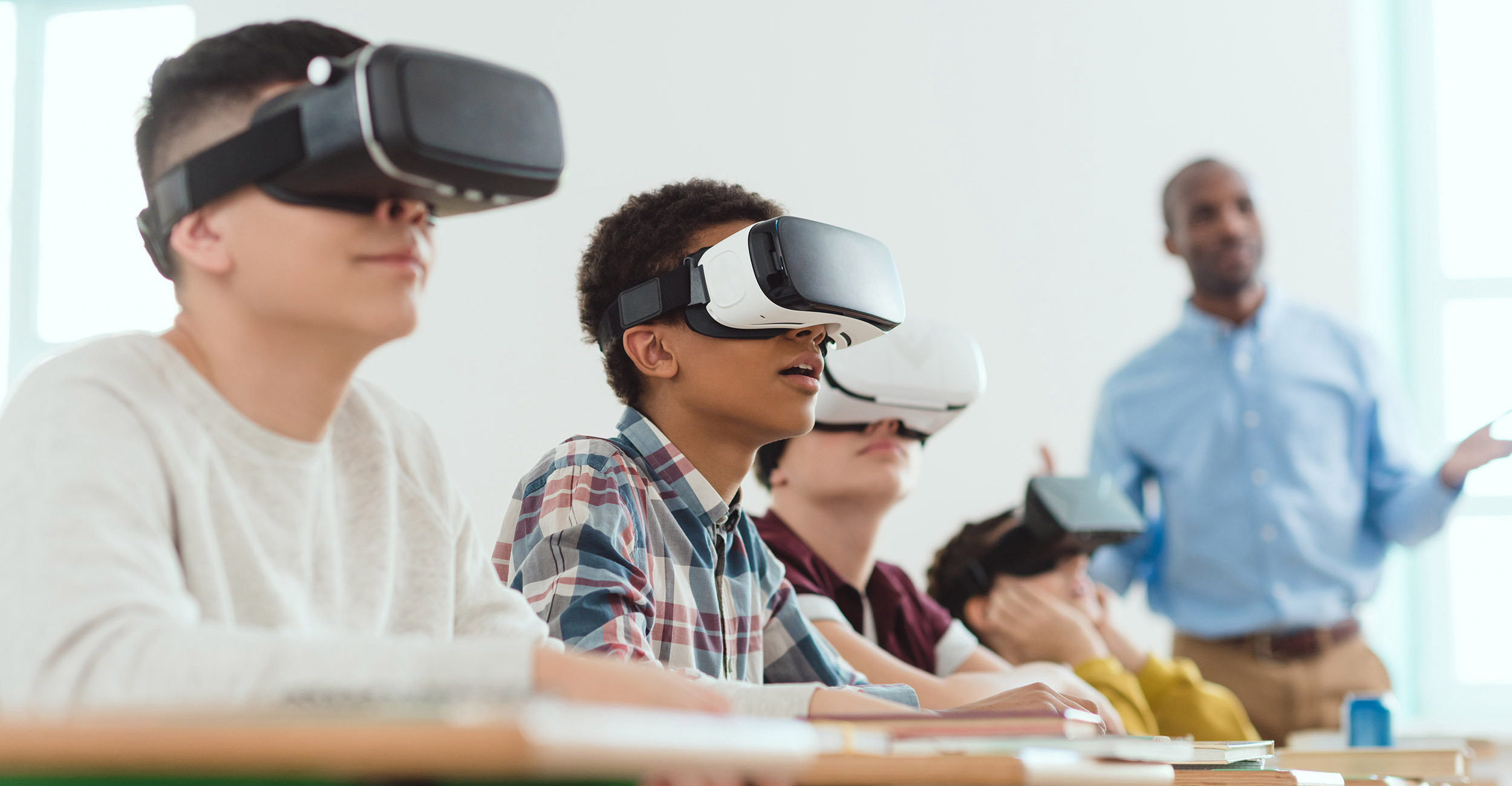
OSU to participate in after-school STEM program
Thursday, August 5, 2021
Media Contact: Alisa Boswell-Gore | Agricultural Communications Services | 405-744-7115 | alisa.gore@okstate.edu
Starting this fall, Oklahoma middle school students will learn how to use virtual reality thanks to a $1.4 million grant from the National Science Foundation for a four-year program to engage Native American students in STEM career development.
Faculty from the Ferguson College of Agriculture at Oklahoma State University are teaming up with College of Education and Human Sciences faculty members to start after-school technology labs over the next three years at three tribal nation middle schools — the Citizen Potawatomi Nation in Shawnee, the Pawnee Nation and the Chickasaw Nation.
"We are excited about the opportunities this program will offer our students,” said Jenny Jasper, curriculum coordinator at Shawnee Public Schools. “The skills they can learn from this STEM initiative will help them with their futures in college and career development."
Nicole Colston, professor and researcher with the OSU Department of Natural Resource Ecology and Management, said the VR program will be introduced to the Citizen Potawatomi Nation this school year with the other two school districts joining the program in its second and third years. Along with Program Coordinator Cynthia Orona, OSU Mixed Reality Lab Director Tilanka Chandrasekera and OSU Emerging Technologies and Creativity Research Lab Director Tutaleni Asino, Colston will work with after-school teachers on the program in the fall, with teachers taking over in the spring semester
“It’s not agricultural research in the traditional sense; it’s STEM education research,” said Colston, who has a background in formal science education. “The project is about developing technology experiences that advance students’ and teachers’ capabilities.”
Colston said the goals of the program are to increase the STEM (Science, Technology, Engineering, Mathematics) interests of Native American youth and to collaborate with after-school educators to develop strategies for implementing the program and other equitable science learning into public and tribal schools.
From a research perspective, the goal of the program is to learn how VR activities influence how students think about their future careers and their attitudes toward science. Another goal is to learn how VR activities can support cultural learning happening in tribal nation after-school programs.
“There’s a big gap in Native American STEM education in Oklahoma. There are programs to introduce students to science, but there’s a real call for programs that introduce science in culturally relevant ways,” Colston said. “Even more important to Native American tribes is to place culture as the center of learning and use STEM learning to support that.”
In a 2018 pilot program, Chandrasekera introduced a VR program to Pawnee fifth graders in which they designed college residential rooms as a means to tell a cultural story interpreted through architecture. Students learned about spatial design in which they created the rooms and 3D objects, such as lamps.
“Students become active agents in designing culturally meaningful spaces in virtual reality; it is called ethno computing,” said Colston, who was invited to be an observer for the pilot program.
In the upcoming program, students will learn spatial design by participating in a hack-a-thon, a VR design event in which Native American middle school students solve problems related to their tribe. VR experts will also talk to the students about potential careers in the VR field.
Previous hack-a-thons hosted by the OSU Mixed Reality Lab included redesigning the Oklahoma City Zoo, solving problems related to COVID-19 and learning about retail design and how to create wearable dwellings — clothes that become a dwelling place.
“The implications of these technologies and the future workforce is huge, and students are really attracted to virtual learning. It’s an exciting and engaging way to learn, and it fits with the current social culture we live in,” Colston said. “The College of Agriculture cares about this project, because the tribal nation collaborations better serve students in STEM. There are so many opportunities for Native American students when they get to OSU, but it’s a matter of knowing about those opportunities before they get here.”
